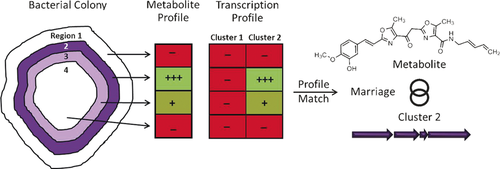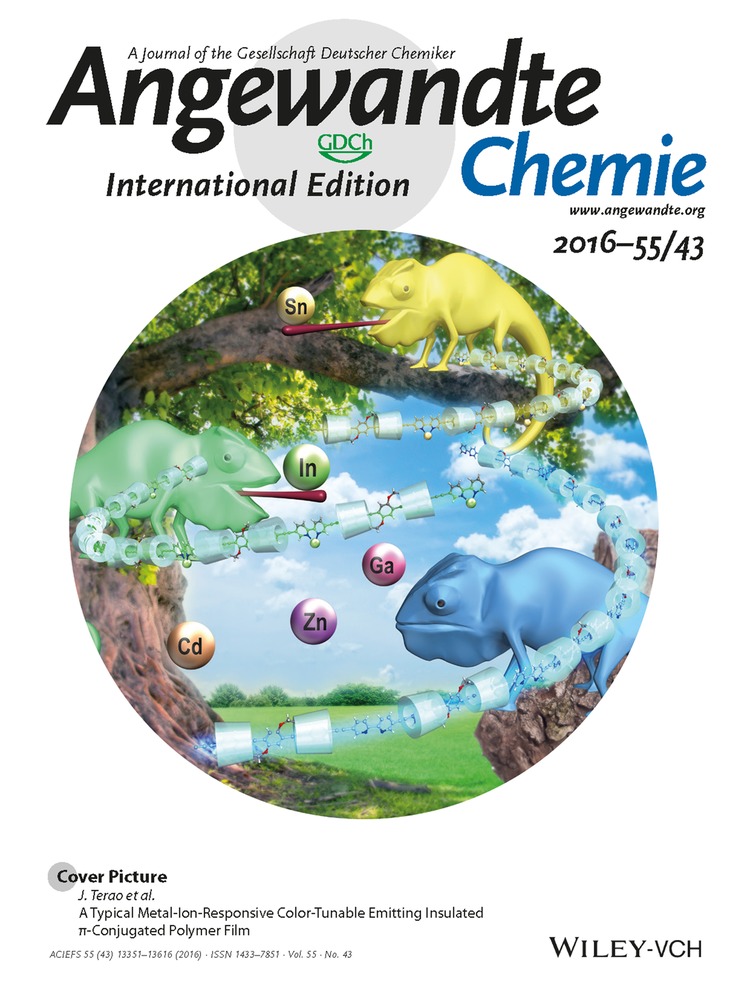Discovery of a Mosaic-Like Biosynthetic Assembly Line with a Decarboxylative Off-Loading Mechanism through a Combination of Genome Mining and Imaging
Graphical Abstract
A mine of information: The biosynthetic gene cluster for the antiplasmodial natural product siphonazole from gliding bacteria of the genus Herpetosiphon was identified through a combination of genome mining, imaging, and expression studies. Product release proceeds through decarboxylation and dehydration.
Abstract
The biosynthetic gene cluster for the antiplasmodial natural product siphonazole was identified by using a combination of genome mining, imaging, and expression studies in the natural producer Herpetosiphon sp. B060. The siphonazole backbone is assembled from an unusual starter unit from the shikimate pathway that is extended by the action of polyketide synthases and non-ribosomal peptide synthetases with unusual domain structures, including several split modules and a large number of duplicated domains and domains predicted to be inactive. Product release proceeds through decarboxylation and dehydration independent of the thioesterase SphJ and yields the diene terminus of siphonazole. High variation in terms of codon-usage within the gene cluster, together with the dislocated domain organization, suggest a recent emergence in evolutionary terms.





